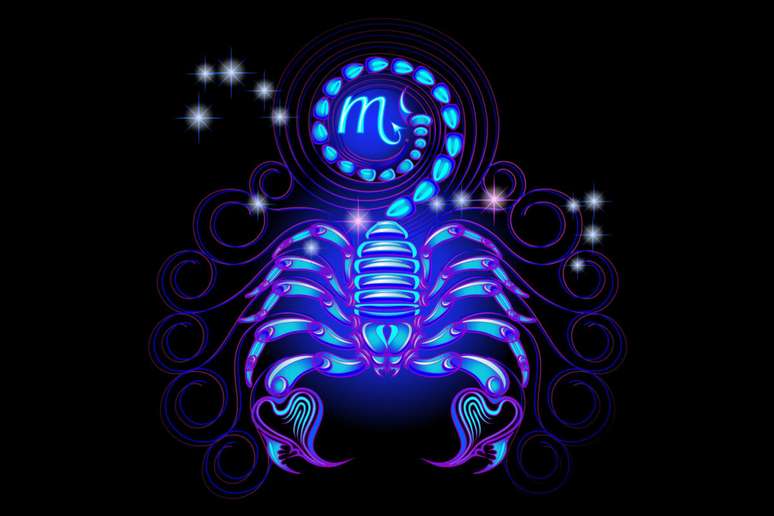The term has gained popularity during the pandemic; A feature of the human brain makes us pay more attention to worrying information.
Have you ever started your day by picking up your cell phone and spending minutes or even hours looking at negative and worrying news headlines? If so, you may be practicing “doomscrolling,” a common behavior that involves incessantly consuming negative news.
With ongoing wars, climate tragedies and an increasingly polarized political environment, it is normal for an avalanche of negative information to bombard us on a daily basis. The problem is that for many this results in a compulsive cycle of reading bad news.
What is doomscrolling?
The term combining the words “doom” and “scrolling” gained popularity during the Covid-19 pandemic, when people began obsessively tracking the number of cases and deaths.
In 2020 it was recognized by the Oxford Dictionary as one of the words of the year. According to Harvard experts, doomscrolling today poses a significant threat to mental and physical health.
“Facilitated access and the algorithms of digital platforms contribute to this, which favor sensationalist content, which captures attention and generates involvement”, explains the psychiatrist Cintia Braga in an interview with Earth you.
Young people receive more than 200 notifications on their cell phones: is too much bad for their health?
The doctor says that negativity bias, a natural characteristic of the human brain, also pushes us to pay more attention to worrying information. “Evolutionarily, this was essential for survival, as spotting threats increased the chances of avoiding danger,” he says.
How does the brain react to excessive consumption of bad news?
Braga says doomscrolling directly affects the limbic system, the region of the brain that regulates emotions and survival responses. The amygdala, responsible for processing fear and identifying threats, can become overactive, generating a state of constant alert. The prefrontal cortex, which controls our emotions and decisions, may have its ability to regulate anxiety impaired.
“This overload also releases high levels of cortisol, the stress hormone, which has a negative impact on the hippocampus, the area responsible for memory and learning,” explains Cintia.
The result can include symptoms such as chronic anxiety, insomnia, irritability, and even physical problems such as headaches and muscle tension.
How to identify that doomscrolling is harming your health?
Signs that the habit is negatively affecting your mental health include:
- Increased anxiety or feeling of distress after consuming news.
- Insomnia or difficulty falling asleep, especially if consumption occurs before bedtime.
- Irritability, mental tiredness and feeling overwhelmed.
- Difficulty concentrating and impaired memory.
- Neglect of important daily activities due to excessive time spent on social media or news sites.
Strategies to break the cycle
Overcoming the habit requires a conscious and disciplined approach. Check out some of the psychiatrist’s advice:
- Set time limits: Use apps to monitor and limit time spent on social media or news sites.
- View news on a schedule: Set specific times to get information and avoid accessing news before bed.
- Disable notifications: Reduce unnecessary distractions and prevent negative content from interrupting your routine.
- Practice relaxing activities: Include meditation, mindfulness, or exercise into your daily life to relieve stress.
- Intentionally disconnecting: Spend time on hobbies, reading, or in-person social interactions.
- Seek professional help: If doomscrolling is significantly affecting your quality of life, a psychologist or psychiatrist can help you develop more personalized strategies.
Adopting a healthier relationship with information consumption doesn’t mean ignoring the world around us, but rather protecting your mental health by staying informed.
Source: Terra
Ben Stock is a lifestyle journalist and author at Gossipify. He writes about topics such as health, wellness, travel, food and home decor. He provides practical advice and inspiration to improve well-being, keeps readers up to date with latest lifestyle news and trends, known for his engaging writing style, in-depth analysis and unique perspectives.










